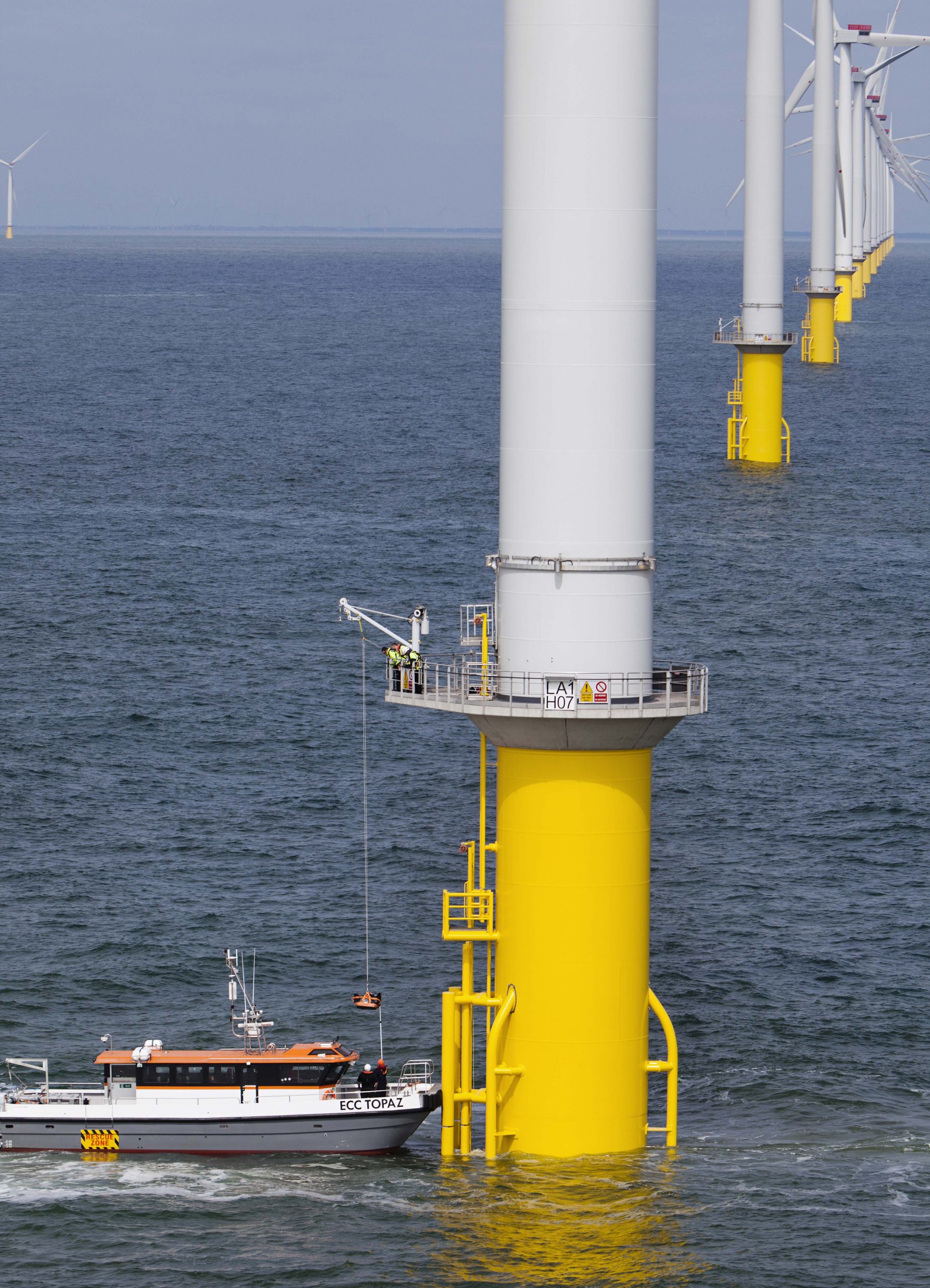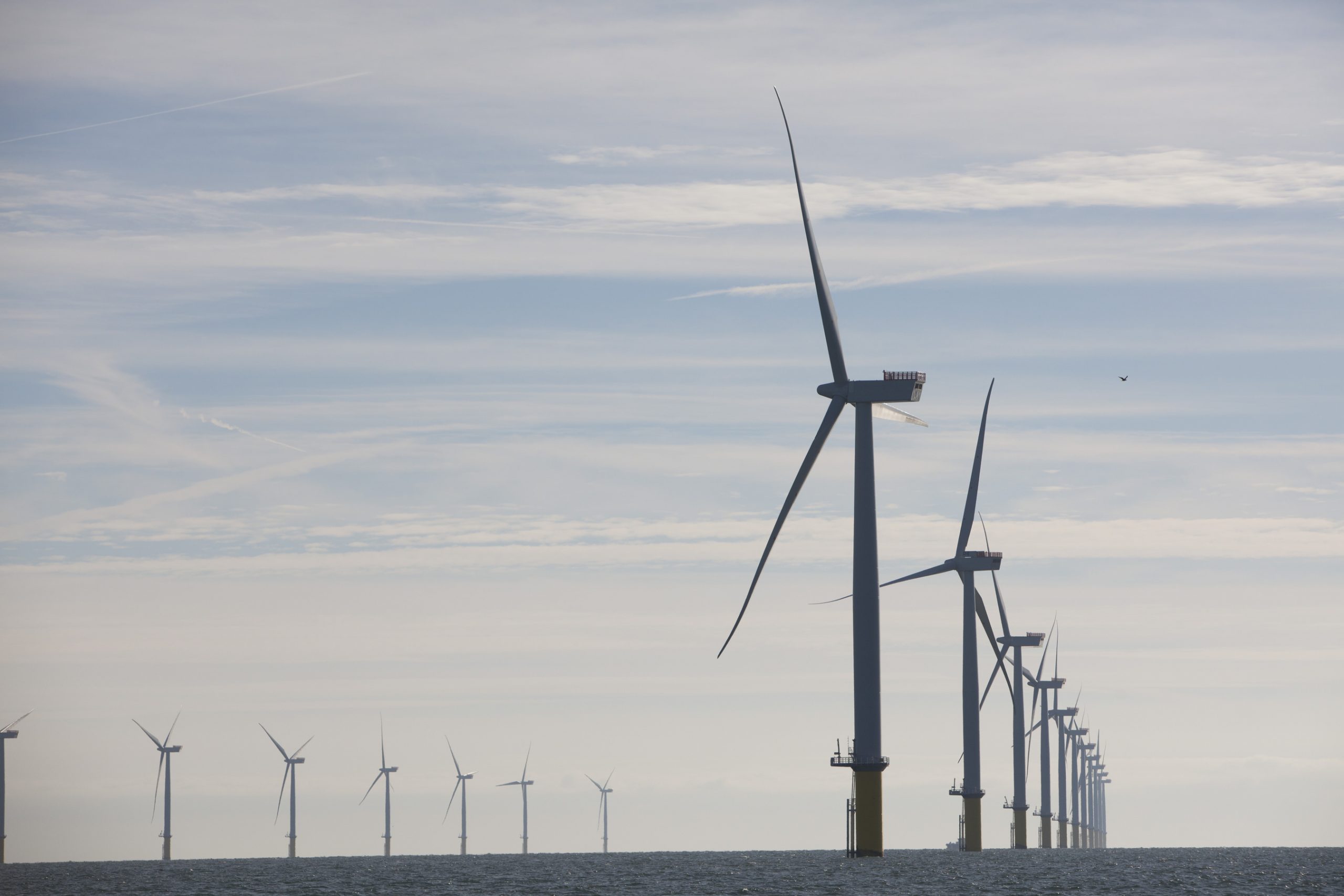Solution Requirements
Functional requirements
Since many new vessel powertrains or CTV concepts are subject to rapidly advancing technology, proposed solutions must be designed such that they can accommodate future upgrades to reflect state of the art technology, or so that complete replacements will be possible.
Considerations must be made for:
- Safe storage and handling of any fuels
- Safe operation of the vessel
- Safe operations for the vessel’s crew, including whether there are differing needs for hazard awareness or competencies
- Safety if the vessel is involved in a major incident including (but not limited to): fire, collision, allision or grounding
- Risk profile of operations
Additional considerations for CTV concepts:
- Vessels must be able to achieve a minimum transit speed of 22 knots and have the endurance to remain in service for a minimum of 14 hours and safely perform transfers up to a significant wave height of 1.75m.
- Future operations for CTVs will require greater transit distances and so higher transit speeds will be necessary. In order for CTVs to be a viable option for more distant sites the vessels should be capable of 30 knots without major increases in power consumption.
Additional considerations for alternative fuels:
- CTVs using alternative fuels must be able to operate to a similar standard as current conventionally fuelled CTVs but have the capacity to increase their operational capability in the future as OWFs move further offshore.
Additional considerations for battery, or hybrid systems:
- Batteries must be capable of trickle charging overnight, but also capable of charging depleted batteries to 80% capacity within 90 minutes (Bolt Charging/Rapid Charging). The vessel would also need to be capable of making use of offshore charging technologies using energy generated directly by the offshore wind farm. These charging methods are currently in development.
- The battery hybrid system needs to be intelligent and optimised to best augment the diesel engine. Which stage of the operation is the hybrid system best utilised? E.g. transit, farm idle etc.
- Additional considerations for hydrogen systems
- Vessel must be capable of bunkering sufficient hydrogen to remain in service for a minimum of 14 hours and be capable of bunkering fully within 45 minutes.
Timescales
- Launch of the Competition: 15th November 2021
- Deadline for applications: 15th December 2021
- Selection and notification of finalists: week commencing 10th January 2022
- Pitch event: 8th February
- Launch Academy begins end of February 2022
Market opportunity
According to a roadmap produced by ORE Catapult with the Workboat Association on behalf of Department for Transport, there will be a requirement for 249 O&M vessels to serve 166 windfarms in the North Sea basin by 2025. By 2030, this requirement will rise to 455 vessels as the expansion of offshore wind continues.
Eligibility
Entrants to this competition must be:
Assessment
Applications will be assessed on:
- Applicability to the challenge
- Innovativeness of the solution
- Coherence of proposed business model and company vision
- Feasibility and economic viability, including ability of the team to progress the solution
- Development potential
- Maturity of the solution
- Ability to launch product and ease of implementation
IP and potential commercial route
- Existing background IP associated with a potential solution will remain with Launch Academy Participant(s). Where any new IP generation is envisaged, it will be subject to the mutual IP agreement of the Launch Academy Participant (s) and Launch Academy Sponsors.
- Any commercial deployment of transferred solution or newly developed solution, through licensing, joint venture, partnership or direct investment, will be subject to the commercial agreement between the Launch Academy Participant(s) and Launch Academy Sponsors.
- Where necessary, a non-disclosure agreement (NDA) may be signed to uphold confidentiality in the engagement between the Launch Academy Participant (s) and Launch Academy Sponsors.
- ORE Catapult does not take any share of IP ownership or enter commercial ventures through the Launch Academy programme.
De-Minimis Disclaimer
Scottish Companies successful in the Launch Academy programme are supported by the De-Minimis funding provided by Scottish Enterprise.
If you have had public sector support, you should have been notified in writing of any de minimis element when the aid was awarded. You should have also been notified of the type of De-Minimis aid that you have received. The most common type of de minis aid is ‘general’ De-Minimis. However, other types of De-Minimis are given for the fishery and aquaculture sector, agricultural sector and services of general economic interest. If applicable, prior to granting De-Minimis aid, [we] must obtain a declaration from you, in written or electronic form, about any other de minimis aid. If selected for the second stage of interview process for the Launch Academy Programme, you are required as part of this application process to declare any such aid previously provided by a public body to your company or any company that you are linked to.
Please note that where De-Minimis funding is awarded under the exception in Article 3.2.4 of Title XI of the UK-EU Trade and Cooperation Agreement signed on 30 December 2020 (as implemented by section 29 of the European Union (Future Relationship) Act 2020) (the “TCA”), any previous amounts awarded to you from a public source in the UK in the last 3 fiscal years under either Article 3.2.4 of Title XI of the TCA or under EC Commission Regulation No 1407/2013 of 18 December 2013 on the application of Articles 107 and 108 of the Treaty on the Functioning of the European Union to De-Minimis aid will be relevant in ensuring any funding provided does not exceed the maximum subsidy limit of 325,000 Special Drawing Rights under Article 3.2.4 of Title XI of the TCA. Please provide full information on any previous funding you have received under Article 3.2.4 of Title XI the TCA and/or EC De-Minimis Regulation 1407/2013 in the last 3 fiscal years.
Any funding which you have received under the UK COVID-19 Temporary Framework for UK authorities does not need to be included as De-Minimis funding.
APPLY NOW

